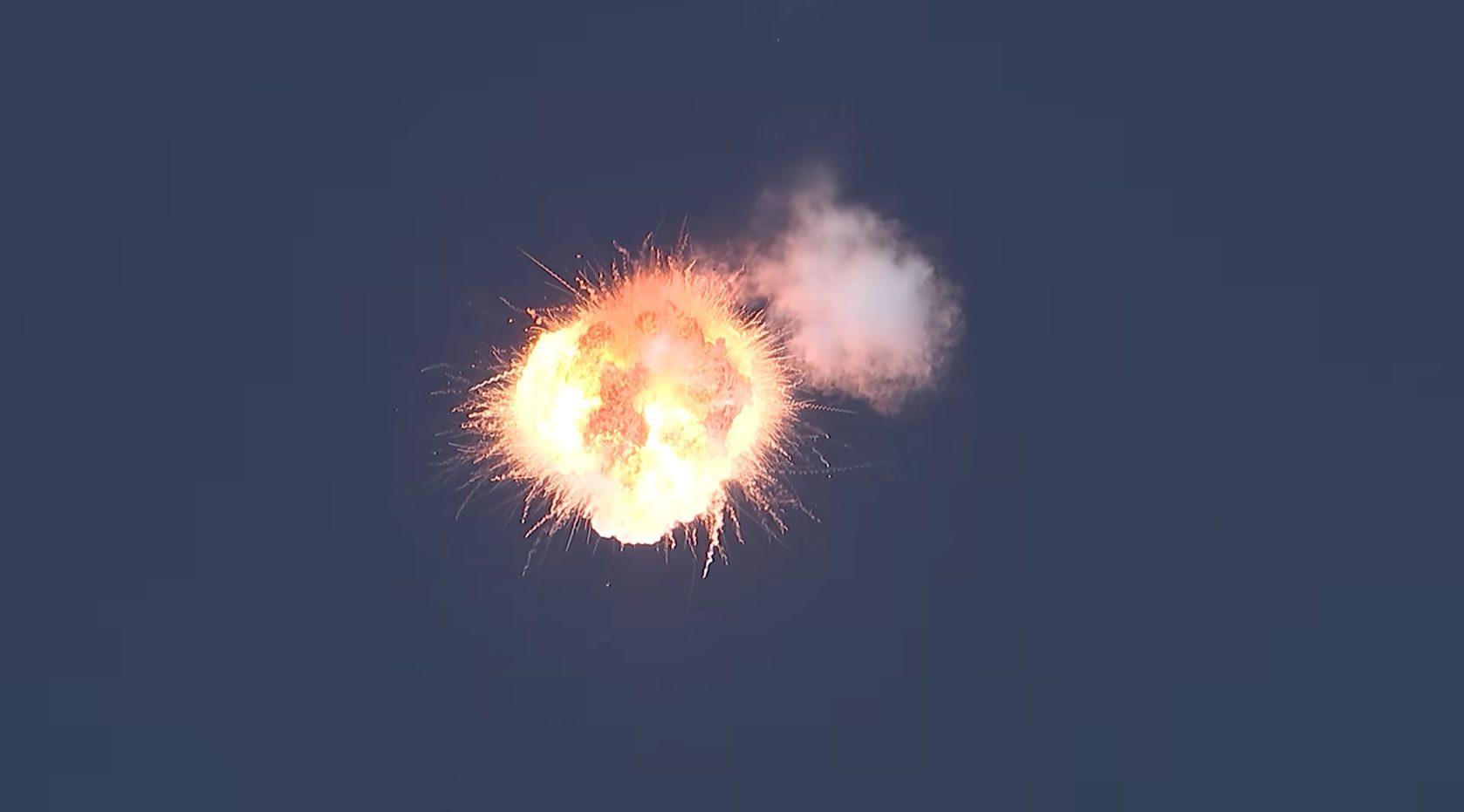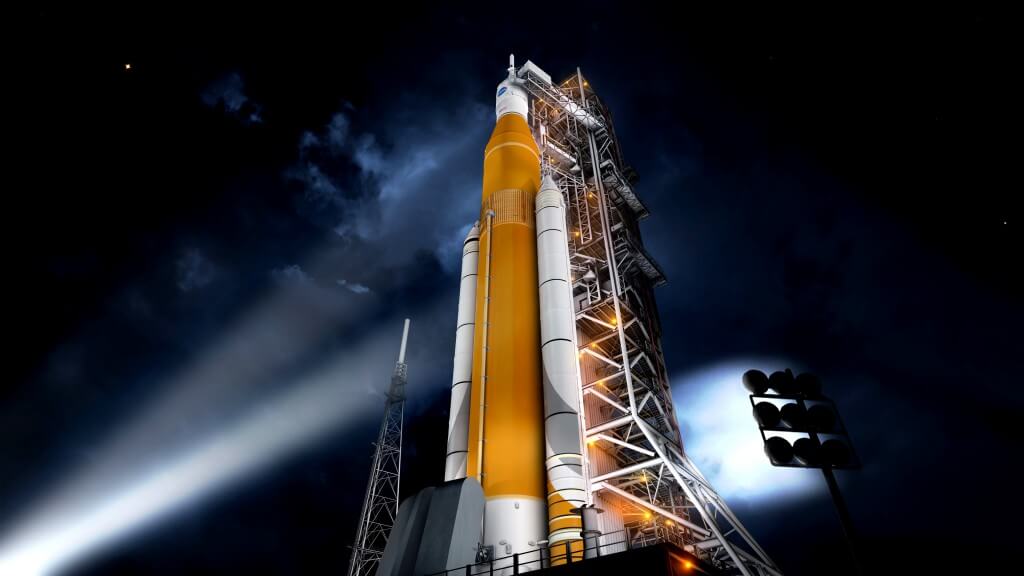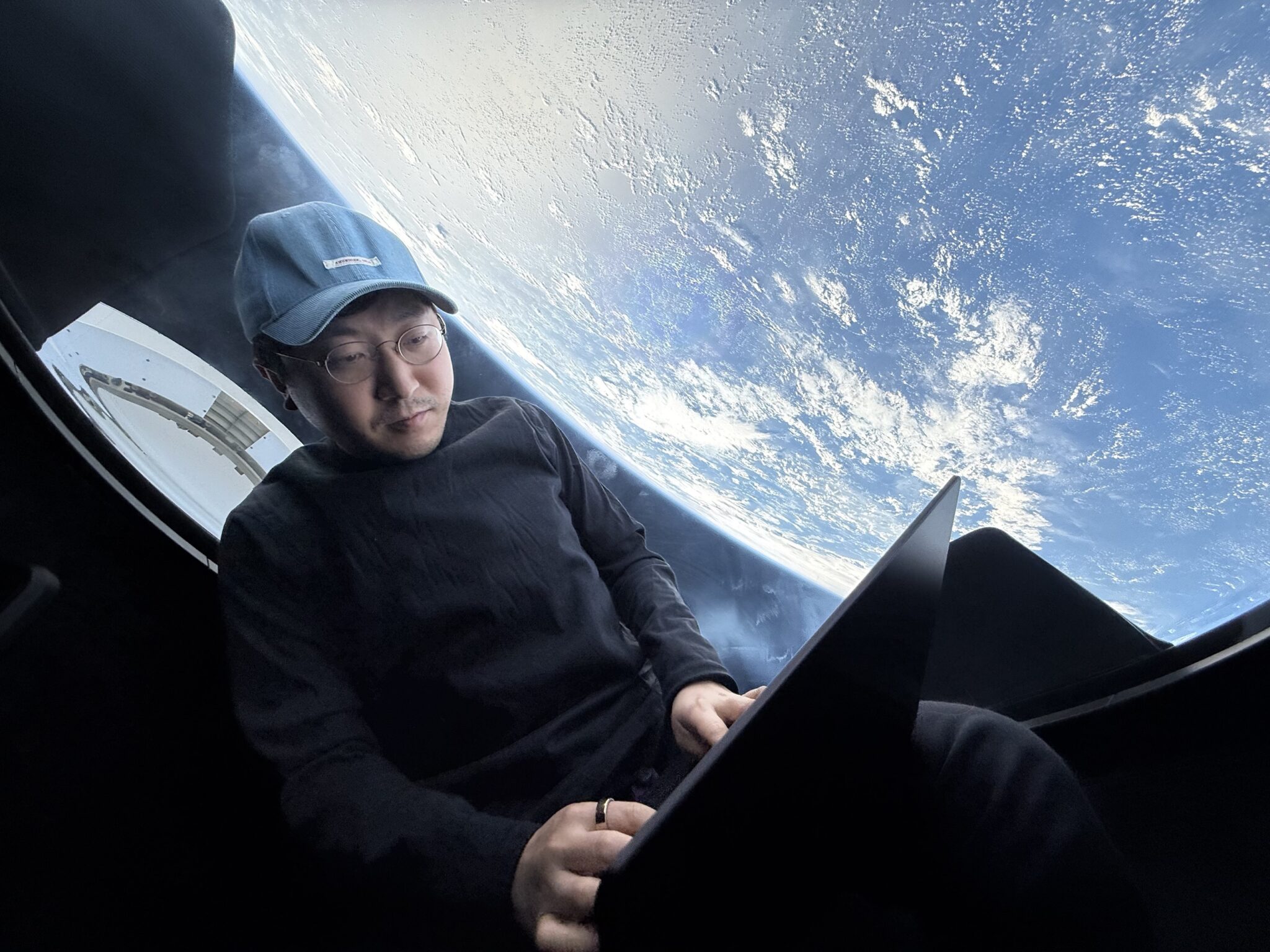The final score for orbital launches in 2021 was 146 – a record number since space launch history began with the launch of Sputnik in 1957. The previous record of 139 was set back in 1967.
The “winner” in terms of number of launches was China with 56 launch attempts (including one fractional orbital hypersonic glider flight) – a new record for the nation as it surpassed last year’s 39. The USA came second with 45, Russia was third with 24 launches and France/French Guiana fourth with seven, just beating New Zealand’s six. Japan notched up three, and India a surprisingly low two, the same as Iran. At the tail of the list was South Korea with a single launch attempt.
Another record was set for the number of spacecraft launched – 1,851, up 44 per cent on the previous year. The nation launching the most satellites was, by a long stretch, the USA with 1,319 satellites, mainly due to the efforts of SpaceX’s Starlink constellation. Second was Russia with 338 satellites – a figure buoyed by Soyuz launches of the OneWeb constellation.
As to which nation actually owned the most spacecraft launched, it was the USA with 1,257 – again thanks to Starlink. The UK took second place with 289, mainly via the ownership registration of the OneWeb constellation. The most valuable spacecraft carried into space was easily the James Webb Space Telescope, whose estimated total mission cost is US$11 billion.
Of the 146 orbital launch attempts, Seradata’s SpaceTrak launch and satellite database recorded 13 launch failures, although some of these were minor or partial, or involved damage to the spacecraft. The “raw” failure rate was close to the average of just under 9%, and less than 8% once the lower severity of these partial failures is taken into account.
The first launch failure of the year came in February when a Hyperbola 1/SQX-1 Upgraded, carrying a dummy payload with “book of Heaven” artwork on the fourth stage, went out of control during the first stage burn after falling foam insulation broke a steering grid fin. Next up, also in February, was a minor one when a Progress MS-16 freighter suffered a damaged antenna during its Soyuz 2-1a’s fairing separation. In May, an Electron launch failure was caused when an engine computer ordered a shutdown after detecting an issue shortly after stage 2 engine ignition. A pair of Blacksky satellites were lost.
A Simorgh rocket failure happened during an Iranian satellite launch attempt on 12 June. The exact identity of the spacecraft carried is not known, but it may have been a successor to the previously lost Tolou satellite. The precise cause and stage of failure is not known.
The Jilin Mofang 01 imaging satellite was lost in August when the Hyperbola 1/SQX-1 rocket was too heavy to reach orbit after its fairing failed to separate. Also in August, a GSLV 2 (CUSP 1) upper-stage ignition failure lost the EOS-03 (GISAT-1) imaging satellite for India. Late August witnessed the most bizarre failure of the year with a dithering and ultimately failed launch of an Astra Rocket 3.3. It was caused by an external launch explosion that knocked out one of its first-stage engines. An instrumented dummy payload for the US Space Force, dubbed STP-27AD1. was lost.
Maiden rocket flights traditionally have high failure rates. And so it proved, as evidenced by the maiden flight of the Firefly Alpha on 3 September. Eleven small experimental satellites, including a pair of Fossasats, were lost due to one of four first-stage engines being shut down and a subsequent loss of control. Range safety staff blew up the rocket in flight.

The Firefly Alpha rocket exploding during its maiden launch. Courtesy of Firefly Aerospace via YouTube
In October, South Korea lost its maiden launch when a KSLV II (Nuri) rocket failed carrying a dummy satellite. The cause was a propellant leak from pipework damaged when helium tanks broke free inside the first-stage oxygen tank.
After a short break from failures, four appeared to come at once in December. First up was the Proton M rocket’s premature Briz-M upper-stage shutdown, which left a pair of Express AMU communications satellites in the wrong transfer orbit. Nevertheless, the satellites are expected to make a slow recovery to their planned geostationary operational orbit. While this can be classed as a partial failure – or even a success given that no design life is expected to be lost – more serious was the launch failure of Kuaizhou 1 (KZ-1), which did not achieve orbit after an apparent underperformance of the rocket’s third stage.
Most embarrassing for Russia was the 27 December failure of the Persei upper stage of its new Angara A5 rocket. This third test flight left a dummy satellite in what would have been a useless parking orbit had it been a live satellite. Late as it was, this was not the last failure of the year. An Iranian Simorgh launch on 30 December apparently failed to put its three payloads into orbit again. A third-stage failure is suspected.
Including suborbital launches, whether they breached the 100 km Karman line or not, there were 13 flights carrying humans during the year, with a total of 49 space travellers (astronaut crew and space tourists/participants) on board. All were successful.
The space industry looks forward to some key launches in 2022. On the international space exploration front, NASA’s Artemis human lunar exploration programme is counting on a successful flight of the much-delayed Space Shuttle-derived SLS heavy-lift rocket. Also key to that programme, as well as for its own commercial use, will be the maiden flight of SpaceX’s massive Starship/SuperHeavy combination. Other planned maiden flights include Japan’s H-3 and Europe’s Ariane 6.












